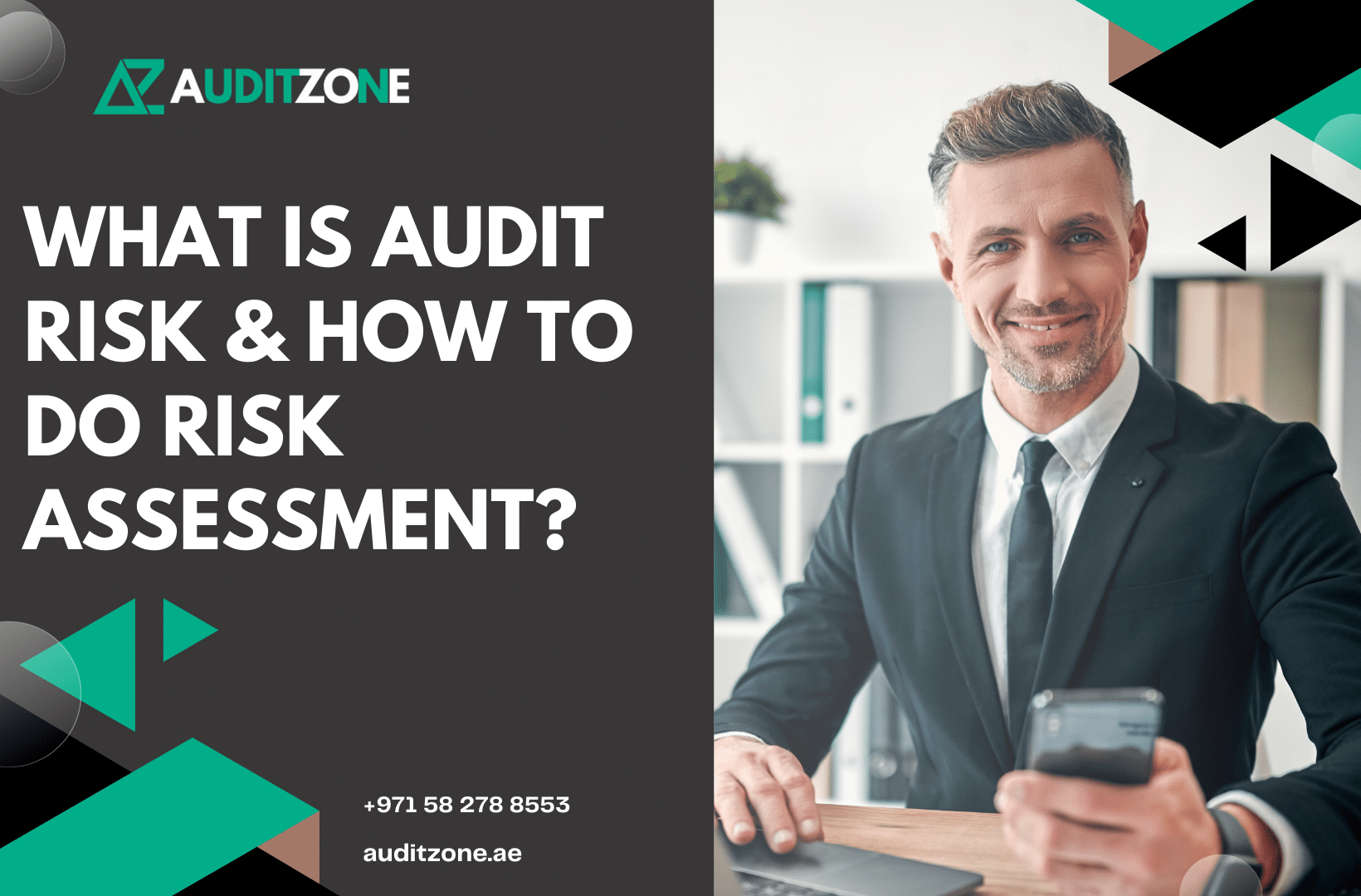Introduction
Risk assessment is a critical process in the business world that helps companies identify potential threats and vulnerabilities that could impact their operations. One of the key elements of risk assessment is understanding audit risk. This comprehensive guide will delve into the concept of audit risk, its significance, and how companies can effectively perform risk assessment. Welcome to AuditZone’s journey into the realm of risk assessment!
Understanding Audit Risk
Audit Risk Defined
Audit risk can be described as the possibility of an auditor providing an inappropriate opinion on financial statements. It arises due to the inherent uncertainty in financial transactions and the limitations of the audit process. This risk results from various factors, including misstatements, omissions, or errors that may go undetected during the audit.
Components of Audit Risk
Audit risk consists of three main components:
- Inherent Risk: This component relates to the susceptibility of financial statements to contain material misstatements before considering any internal controls. Industries with complex accounting standards or high estimation levels may have higher inherent risks.
- Control Risk: Control risk is the risk that a company’s internal controls will not prevent or detect material misstatements. Weak internal controls or instances of fraud can increase control risk.
- Detection Risk: Detection risk is the probability that an auditor fails to detect material misstatements during the audit. The effectiveness of the audit procedures applied influences it.
The Significance of Audit Risk
Understanding audit risk is vital for both auditors and businesses. Understanding the various components of audit risk allows auditors to tailor their audit procedures accordingly. By identifying high-risk areas, auditors can allocate more resources to ensure thorough scrutiny and improve the overall quality of the audit.
Recognizing audit risk helps businesses gauge their financial reporting processes and internal controls better. By conducting a risk assessment, they can identify weaknesses in their systems and take proactive measures to mitigate potential risks, ensuring the accuracy and reliability of their financial statements.
Conducting Risk Assessment
Step 1: Identify Risks
The first step in risk assessment is identifying potential risks that could impact the financial statements. This involves analyzing factors such as industry trends, economic conditions, regulatory changes, and company-specific risks.
Step 2: Assess Risks
Once the risks are identified, the next step is to assess their potential impact on the financial statements. Assign a likelihood and impact score to each risk, allowing you to prioritize them based on their significance.
Step 3: Develop Mitigation Strategies
After prioritizing the risks, developing mitigation strategies for each identified risk is crucial. These strategies may include strengthening internal controls, conducting regular audits, or obtaining insurance coverage for certain risks.
Step 4: Implement and Monitor
The mitigation strategies should be implemented and closely monitored to ensure their effectiveness. Regular evaluation of the risk management processes will help adapt to changing business conditions and identify new risks.
Conclusion
In conclusion, audit risk is an integral part of the risk assessment process that helps auditors and businesses identify potential threats to financial statements. By understanding the components of audit risk and conducting a thorough risk assessment, companies can proactively manage risks, strengthen internal controls, and ensure accurate financial reporting. As a leading advocate of effective risk assessment, AuditZone encourages businesses to embrace this process as a strategic tool for long-term success in today’s dynamic business landscape.
FAQs (Frequently Asked Questions) about Audit Risk and Risk Assessment
What is audit risk, and why is it important for businesses?
Audit risk refers to the possibility of auditors providing an incorrect opinion on financial statements due to uncertainties and limitations in the audit process. It is crucial for businesses because understanding audit risk allows them to identify potential inaccuracies in their financial reporting and take necessary measures to ensure accuracy and reliability.
What are the components of audit risk?
Audit risk comprises three main components: inherent risk, control risk, and detection risk. Inherent risk pertains to the susceptibility of financial statements to contain material misstatements, control risk relates to the effectiveness of internal controls in preventing or detecting misstatements, and detection risk refers to the probability of auditors failing to detect material misstatements during the audit.
How can businesses assess inherent risk during risk assessment?
To assess inherent risk, businesses must analyze factors such as industry complexity, accounting standards, and estimation processes. Industries with intricate accounting rules or high estimation levels will likely have higher inherent risks.
What steps are involved in conducting risk assessment?
Risk assessment involves the following steps:
- Identifying potential risks that could impact financial statements.
- Assessing the potential impact of identified risks by assigning likelihood and impact scores.
- Developing mitigation strategies for each risk to reduce their potential impact.
- Implementing and monitoring the effectiveness of mitigation strategies.
How can businesses strengthen internal controls to reduce control risk?
To strengthen internal controls, businesses can implement segregation of duties, conduct regular internal audits, and establish clear policies and procedures. Regular monitoring and evaluation of controls are also essential.
How does risk assessment benefit, auditors?
For auditors, risk assessment helps allocate resources effectively to higher-risk areas. It allows auditors to tailor their audit procedures to focus on critical areas, improving the quality and accuracy of the audit.
What role does detection risk play in the audit process?
Detection risk determines the probability that auditors fail to detect material misstatements during the audit. Lower detection risk requires more rigorous audit procedures to enhance the chances of identifying errors or fraud.
Can risk assessment help businesses stay prepared for changing conditions?
Risk assessment allows businesses to identify and manage risks effectively, making them better prepared to adapt to changing economic conditions, regulatory environments, and industry trends.
How frequently should risk assessment be conducted?
Risk assessment should be conducted regularly, ideally on an annual basis. However, in dynamic business environments, businesses may perform risk assessments more frequently to address emerging risks promptly.
Does AuditZone offer risk assessment services to businesses?
Yes, AuditZone is a leading provider of risk assessment services. We assist businesses in understanding and managing audit risk, helping them enhance their financial reporting processes and internal controls. Contact us for personalized risk assessment solutions tailored to your business needs.





